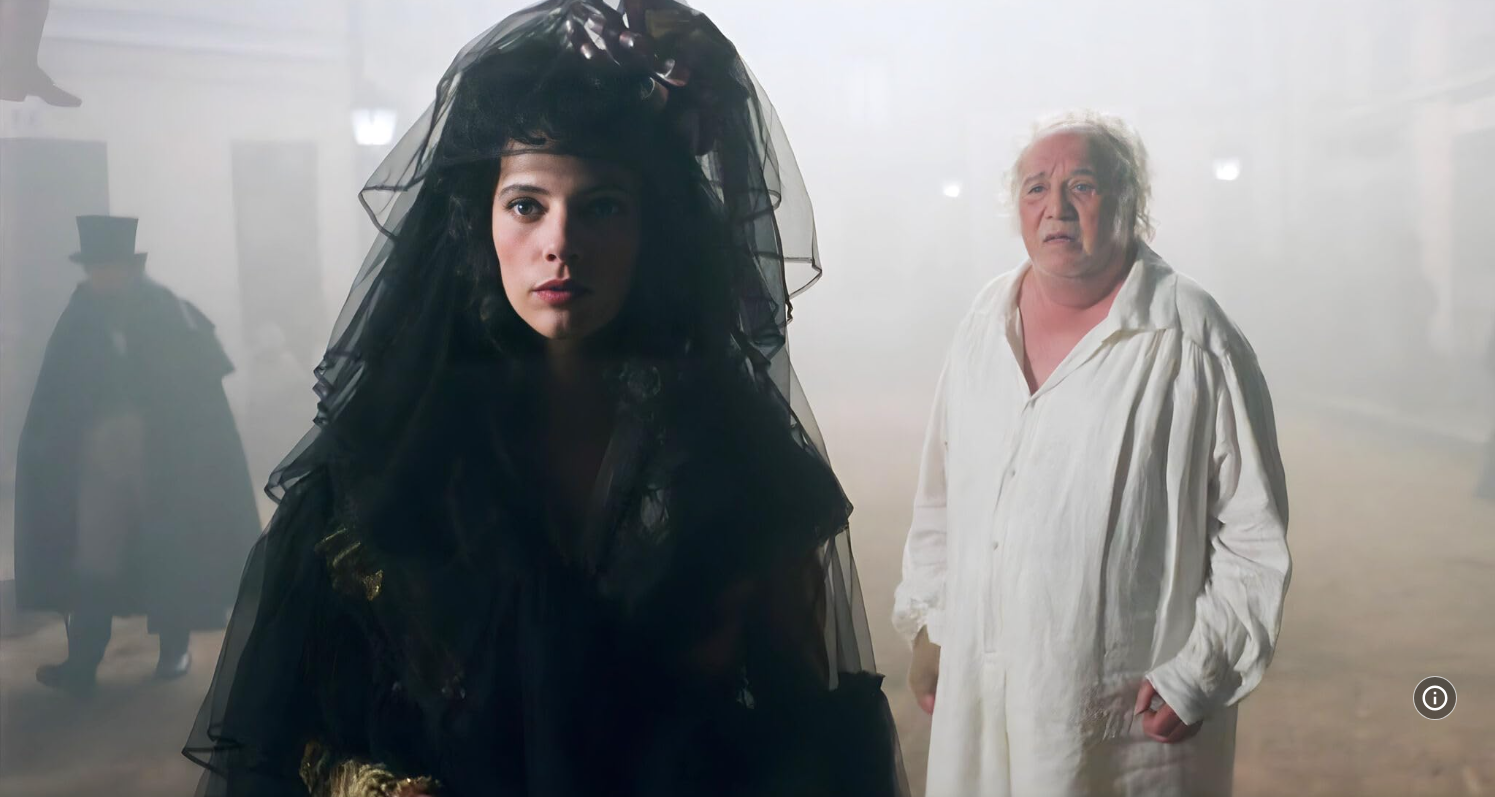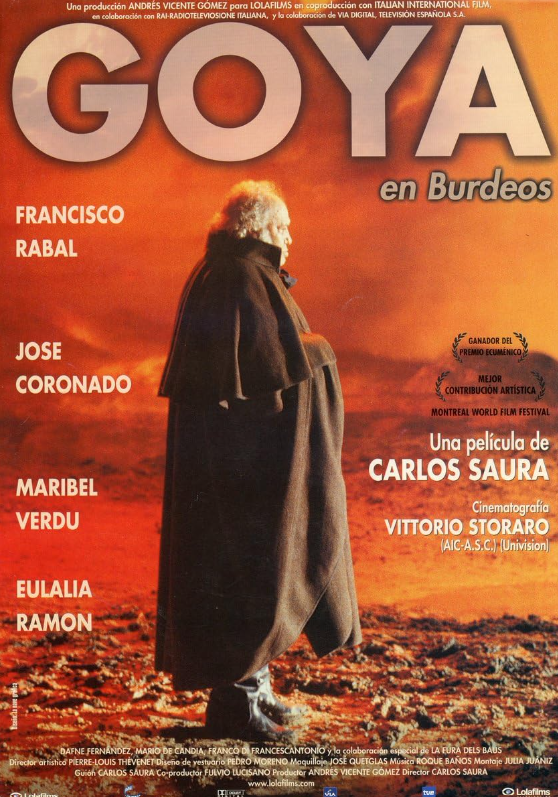
Employing dark and often macabre imagery, this movie captures much of the dark passions that drove Spanish painter Goya in his last works before his death.
By CHIN JIAN WEI
During the opening of the 24th European Film Festival, the movie that was screened for the invited guests and members of the press was Goya in Bordeaux (1999). More than the previous movie chosen by them for press screening (Parents vs Influencers), Goya in Bordeaux feels much more like the archetypal European film, driven by artistic passion and pathos.

Francisco Goya was a famous Spanish painter who lived from 1746 to 1828. Throughout his life, he served as a court painter and was regarded as the most important painter of his time. His life was wracked with illness, and his mental state reflected this as well, with his paintings becoming darker. Famously, his Black Paintings were painted onto the walls of the house where he lived alone, depicting dark subject matter like Saturn Devouring His Son, a depiction of the mythological figure eating his child.

Setting the tone for the rest of the film, the movie opens with a cow carcass bathed in red light, dissected and strung up, and the audience is treated to mildly uncomfortable close-up shots. The fleshy carcass eventually melts and transitions into the elderly Goya’s pockmarked and scarred face, clearly encouraging the audience to think on our mortality.
Goya in Bordeaux is not for everyone. It is a dark, surreal movie with rather disturbing imagery and mature subject matter. It paints a picture of a tortured artist (played by Francisco Rabal as an old man and Jose Coronado as a younger version) near the end of his life struggling with his health conditions (including deafness) and his deteriorating mental state. He tells his young daughter Rosario (played by Dafne Fernandez) about his youth spent in the courts of Spain and his relationship with the enigmatic Cayetana, the Duchess of Alba (played by Maribel Verdu).

Cayetana had become somewhat of an obsession to Goya, appearing multiple times in his dreams and waking visions. In the opening scenes of the movie, the elderly Goya even imagines seeing her on the street, still impossibly young and beautiful. In another scene, Cayetana plays the role of Lady Death, reaching out to the dying Goya, perhaps inviting him to join her in death. She had met with an untimely death for opposing the queen, and so remained forever young in Goya’s memory.
The cinematography is impressive, beautifully conveying Goya’s mindscape from his idealised, bright and sunny youth to his dark and murky late adulthood. Despite this, the movie seems more suited to people already interested in Goya’s life and works, as the movie serves more to showcase the visual language of his later work and the macabre imagery that consumed his mind. To audience members who have no interest in the painter, you might not get a lot out of this movie.

For more information on the 24th European Film Festival, check out the GSC website.
To read more BASKL, click on the links below:
